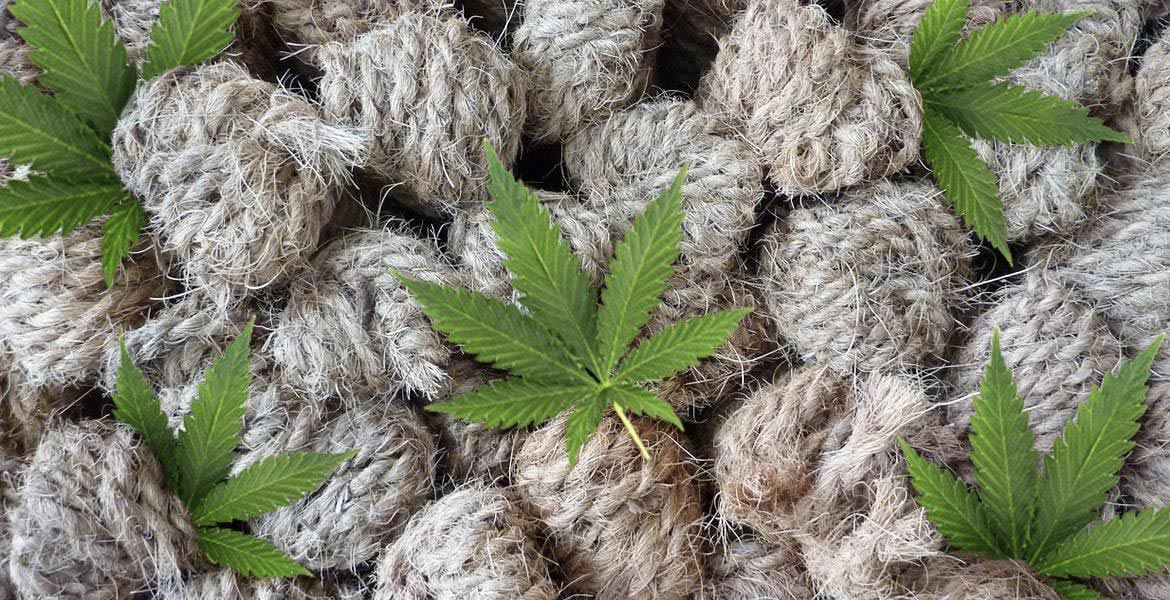Hemp is made from the cannabis plant. The part of the plant that is used to make hemp is the stem, while the leaves are most often used for cannabis and for details you can visit dieselhemp.com. Hemp alone will not succeed in getting anyone “high”.
Hemp has tremendous uses for many industries. This includes clothing, paper, the auto industry, fuels, food products, and many more.
Flax grows well in the open without pesticides or herbicides. Cotton, however, requires a lot of agrochemicals to thrive and uses half of the world’s sprayed pesticides. The root system in hemp completely removes toxins and aerates the soil which is beneficial for future plants.

In contrast to cotton, hemp fiber is longer, stronger, more insulative, and more absorbent. Effectively this means hemp will keep a person cooler in summer and warmer in winter than cotton.
Hemp garments tend to fade less than cotton and can be made into many types of fabrics, including linen. Hemp fabric is soft, sturdy, and blocks ultraviolet rays well.
Hemp is also frequently used as a substitute for fiberglass in the automotive industry. With hemp being biodegradable and cheaper, it’s a step in the direction of being environmentally conscious. Hemp also has the potential to be a biodegradable plastic, which would be a substantial improvement over existing technology.
Hemp produces 3 to 8 tonnes of fiber per hectare. This is four times the amount coming out of the forest on average. With hemp long fibers, construction materials can be made very strong and light into beams, posts, posts, and fiberboard. This can save forests, recreation areas, and watersheds.
In addition to supporting structures for housing, hemp can be made into floors, panels, plywood, roofs, and reinforced concrete. Whatever is required to make a house can be made in some shape or form from hemp.
Paper from hemp is of very high quality and does not turn yellow with age. In Europe, Bibles were usually made with hemp paper. Using hemp will save rainforests from depletion and hemp paper can be recycled much more than paper from wood.
Hemp has several antimicrobial properties. It even qualifies for use in laundry detergents and provides a healthy protein for use in pet food.
Considering that half of the world’s forests have been lost and only 3% of native US forests remain, switching to hemp would provide an opportunity to regrow some of these areas but meet the country’s growing needs.
